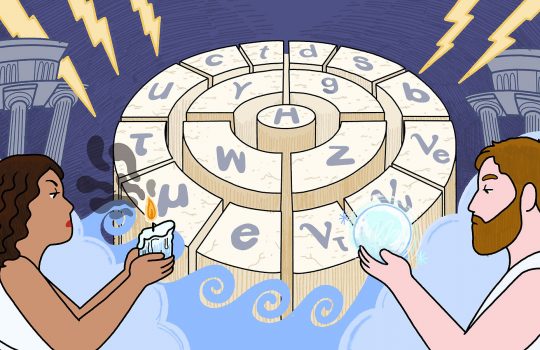Peruvian space agency studies the neutrino, an abundant particle on the universe
From Andina (Peru), March 22, 2021: Read more about the participation of Peruvian engineer Juan Vega from the Directorate of Astronomy and Space Sciences (DIACE) of the Peruvian Space Agency in the development of the Deep Underground Neutrino Experiment managed by Fermilab.

